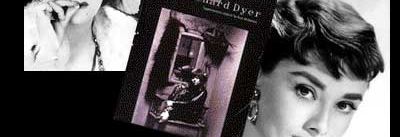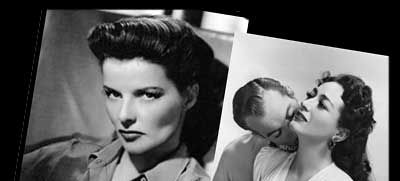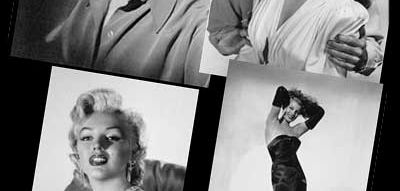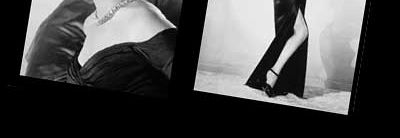





Stars as Vehicles of Ideological Meaning
In order to analyse the existing connections between cinema and the transfer of ideological values, it is necessary to consider the stars as an essential element within the film industry. As Judith Mayne has pointed out, the "role of the stars is the most visible and popular reference point for the pleasures of the cinema12. Mayne also suggests that previous academic approaches have challenged the assumptions of apparatus theory and textual analysis, primarily, by focussing on the intertextual system and work in the creation of the personae of stars.13
Edgar Morin (cited by Judith Mayne in Cinema and Spectatorship), has worked in Le Stars, an academic work which line of study is to consider the relations between film stars and audiences. Morin suggests that the cinema embodies contradictory desires, and that 'the star is perhaps the most stunning and condensed version of this embodiment'. He also speaks of the actor as the 'unique synthesis of physical beauty and mask, as simultaneously a unique personality and an automaton'.14 Morin's work focuses on describing the star system as a peculiar mixture of accessibility and inaccessibility. This notion provided by Morin is useful in order to approach stars personas as players of a function role inserted in the classical narrative structure, which replicates and 'overlap' the social system established by the dominant ideology with its codes and conventions of gender, characters, an so on. Furthermore the idea of realistic representation is a constitutive part of the ideology produced by cinematic apparatus.15 One of the difficulties and challenges of analysing a star image is that the sheer wealth and diversity of material resists any easy categorisation.16At the same time, stars are "labelled" according to many social variables of age, gender, race and nationality and at the same show particular discourses related with these variables.17
In semiotic terms, the images of stars are therefore the product of signification. According to Paul McDonald, 'Stars are mediated identities, textual constructions, for audiences do not get the real person but rather a collection of images, words and sounds which are taken to stand for the person'. 18 In these terms, stars belong to a complex coded structure related directly with the nature of cinema itself.

Stars represent a set of codes or conventions that
seem to be invisible and at the same time projects a collection of different
readings and meanings to the audience. Stars image's construction depends
on audience's reception and also in the different contexts in which stars
are viewed. Richard Dyer (1998) in his work Stars has described this meaning
element as the "structured polisemy". The semiotic academic
work proposed by Richard Dyer is more concerned with the possible interpretations
generated by the stars' position within the dominant ideology structure.
Stars understood as polisemic signs provide a notion of ideological sense,
and therefore any ideological implication must be studied as an attempt
to identify the symbolic interpretations or in terms of semiotics -connotations-
with the stars and audiences. It can be said that stars' appeal and its
representation work as 'social mirrors' that reflect and embody the values
any kind of ideology.





